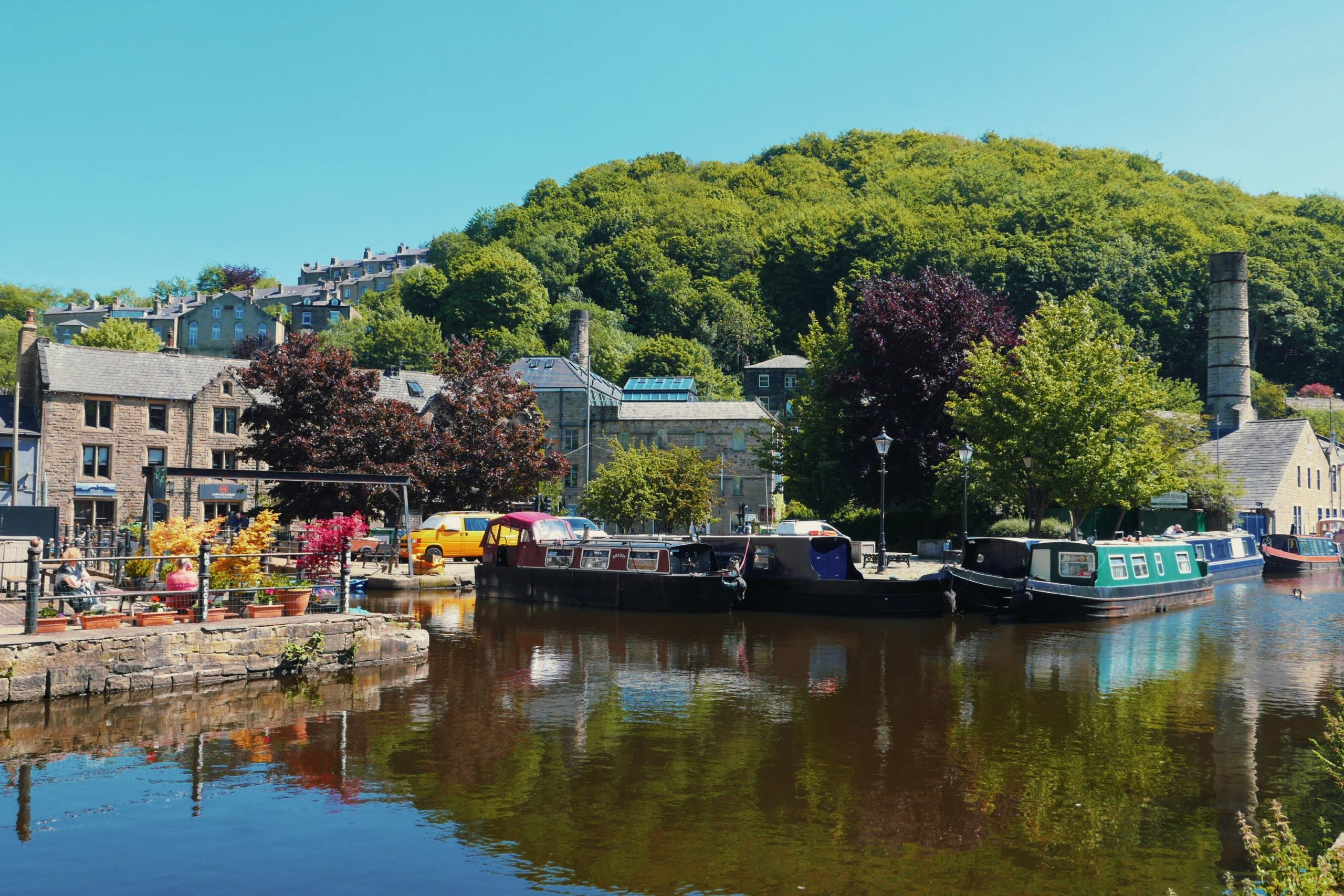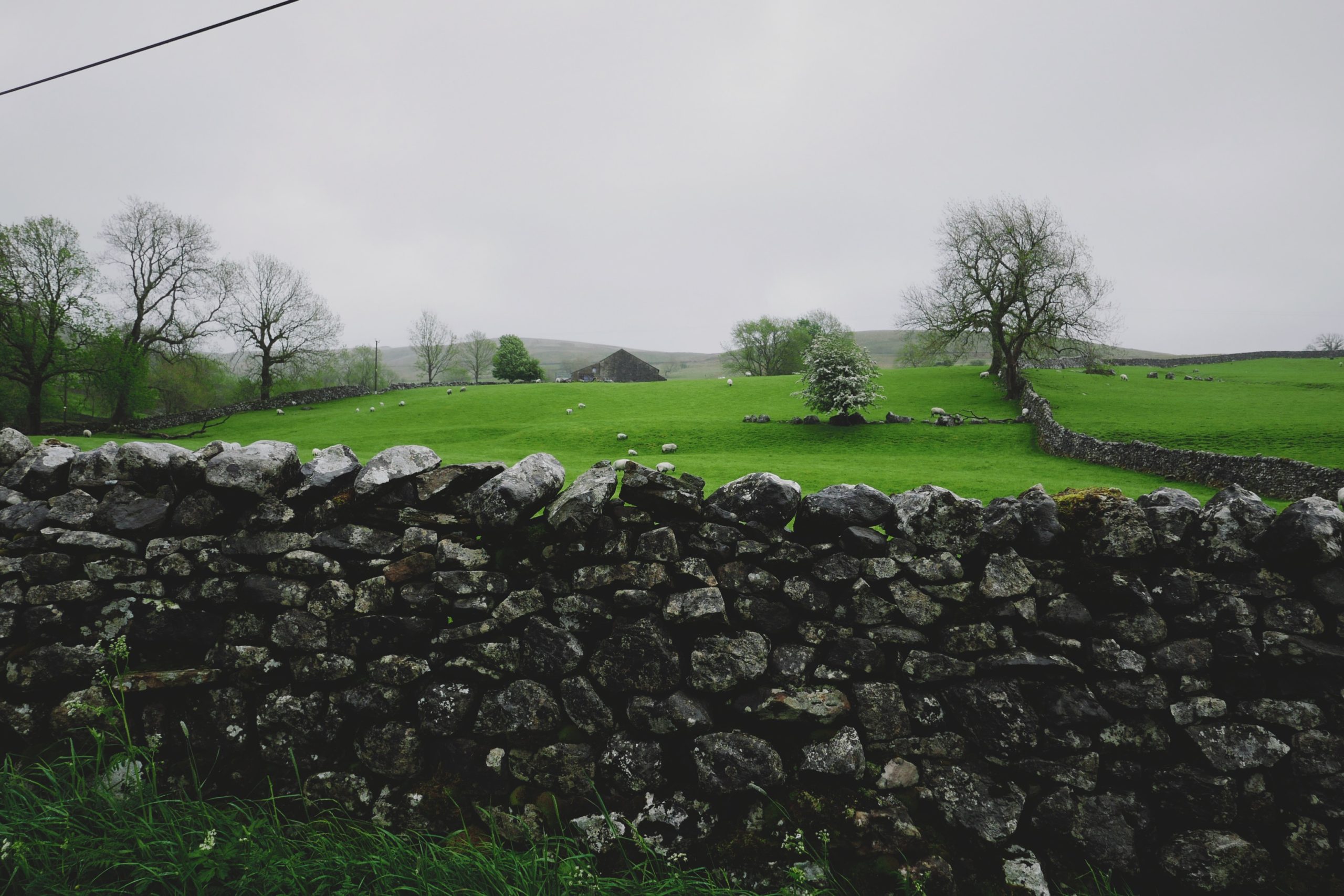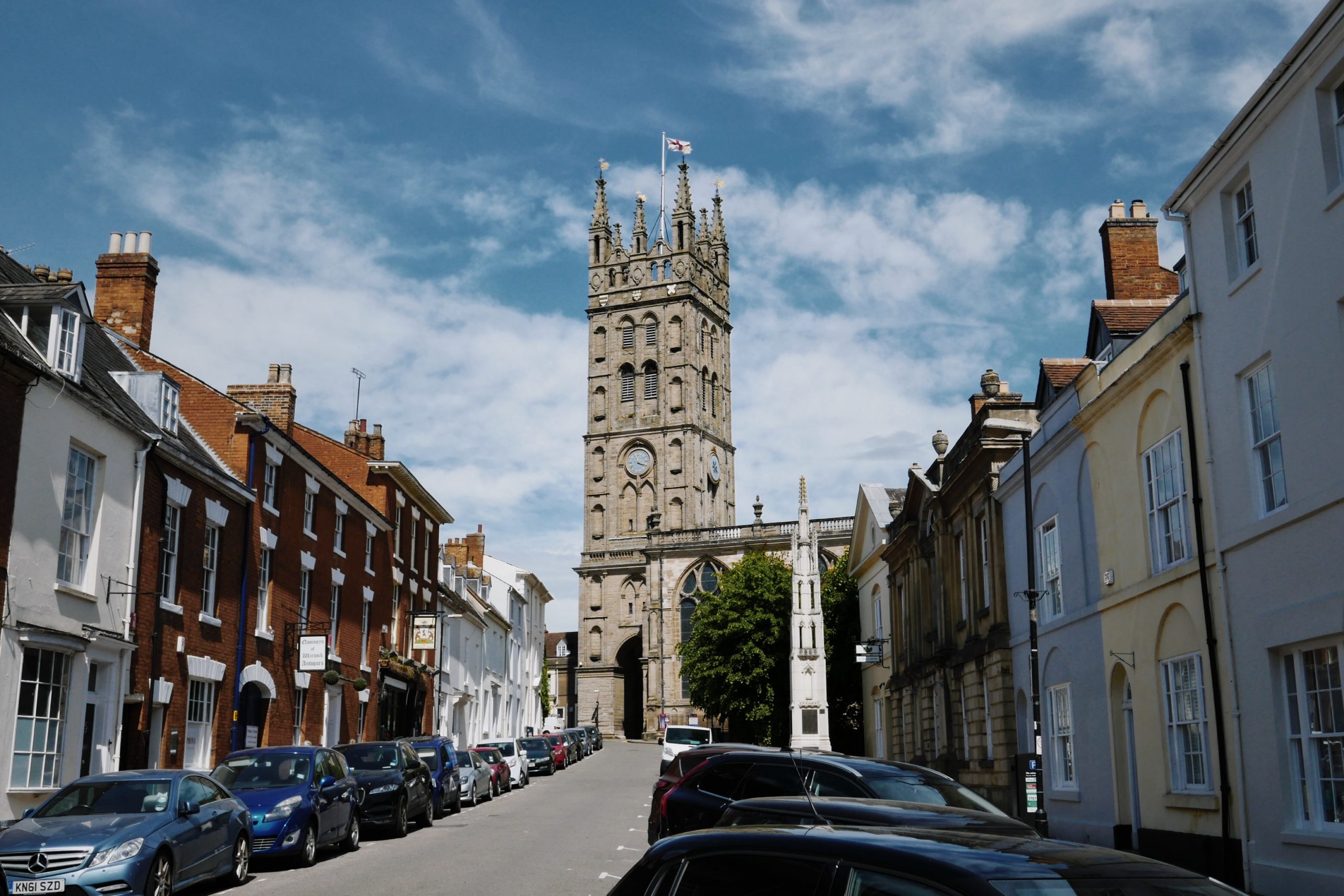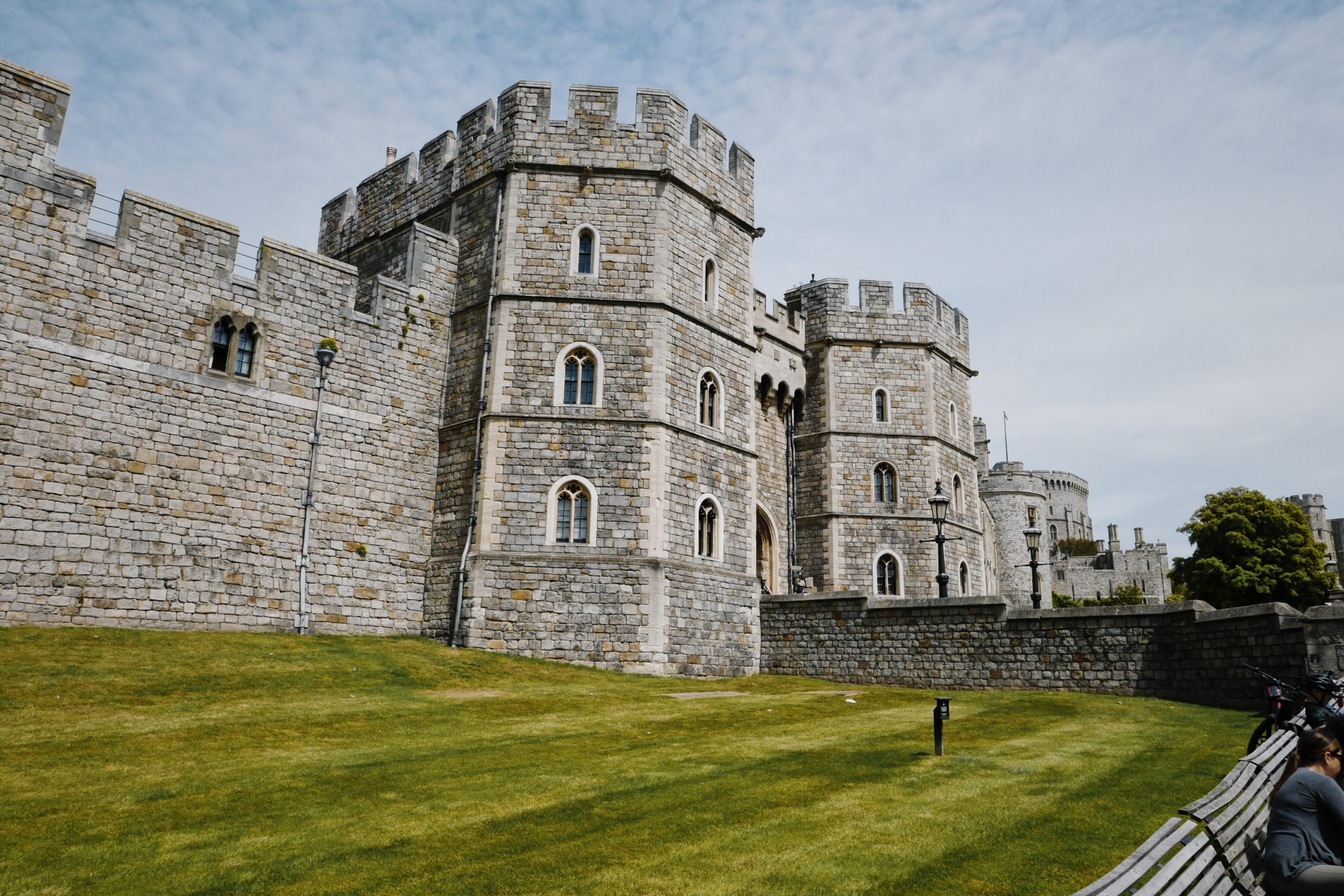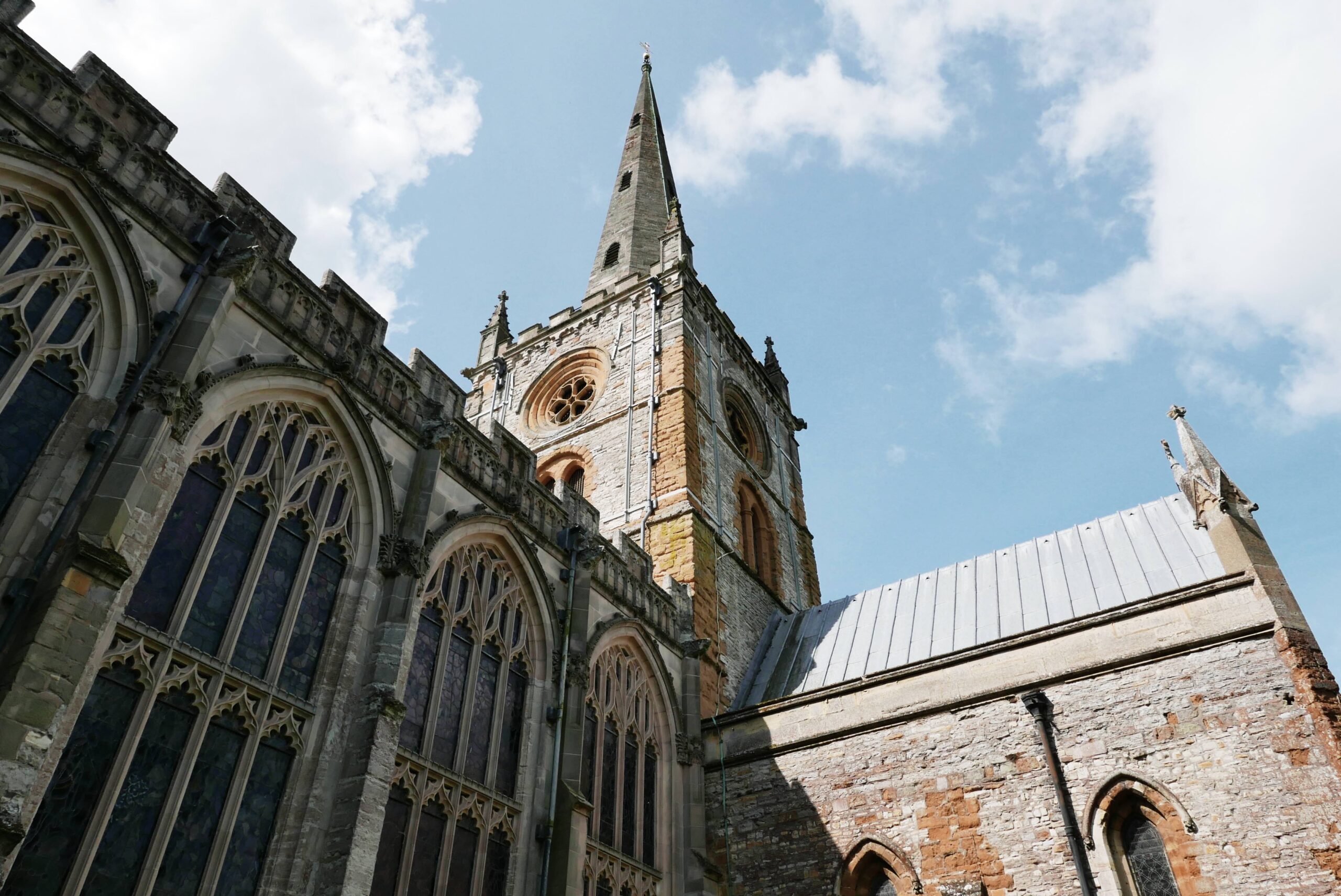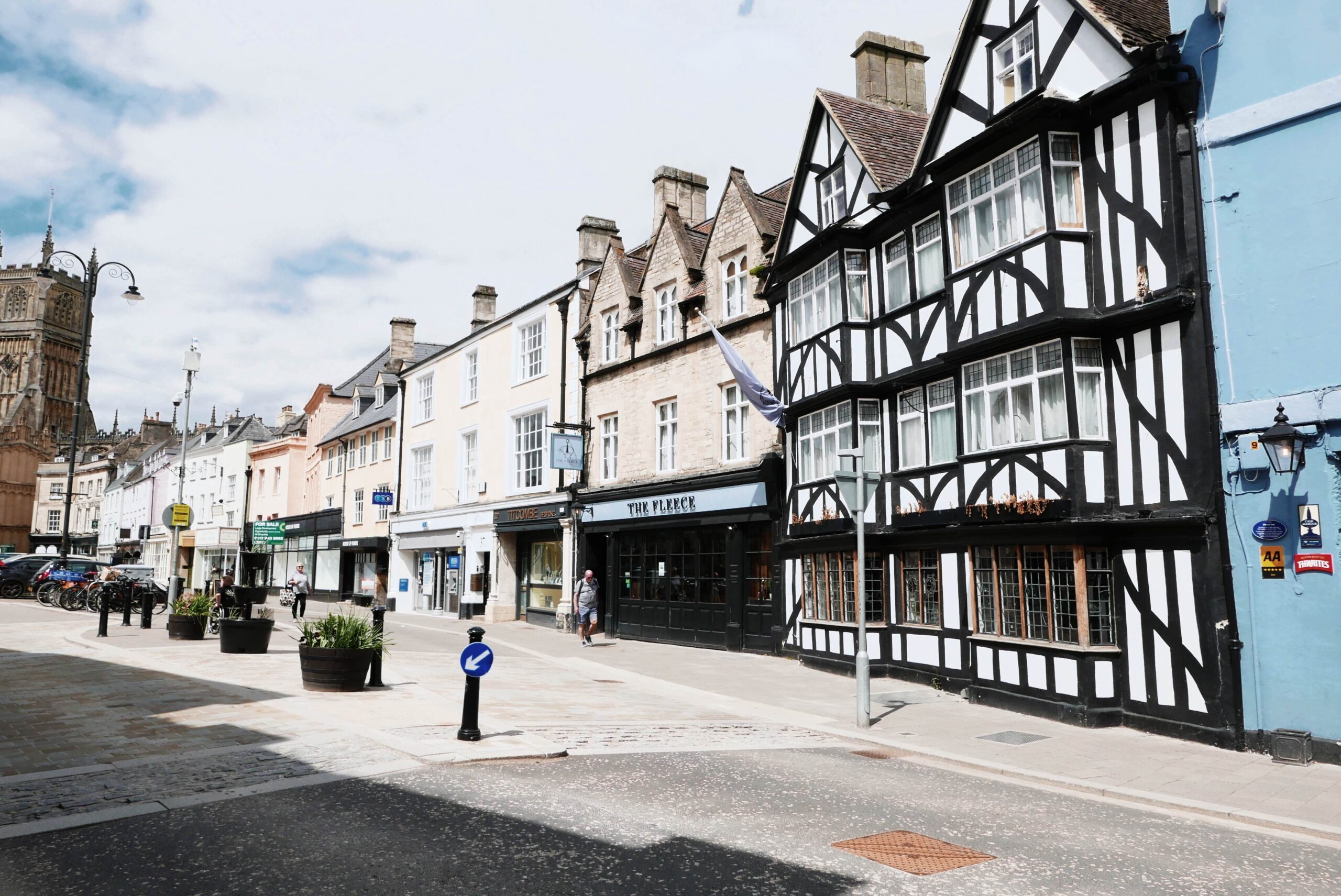-
Hebden Bridge
Hebden Bridge with its steep wet hills and access to major wool markets was ideal for water powered weaving mills that powered along in the 19th and 20th centuries. At one time Hebden Bridge became so famous for its clothing manufacture that it became known as Trouser Town. (Yorkshirelife.co.uk)
-
Bronte Falls & Blackpool
Combining two days into one blog today - because they were both short outings with not much to photograph.
-
Haworth
Home of the famous Brontë sisters, Haworth is an undisputed literary mecca, attracting visitors from all around the world. With its historic cobbled Main Street, iconic parsonage and rolling moors, the picturesque proportions of this Airedale village exude a vintage charm that makes you feel you've stepped into another era.
-
Malham
The Yorkshire Dales, land of moors, hills, valleys, stone walls, sheep, cows and quaint villages. The only thing missing is an open pub!
-
Minster Lovell, Rollright Stones and Deddington “Castle”
First stop for the day was Minster Lovell & Dovecote, which was wonderfully quaint and picturesque but things just went downhill from there.
-
Warwick
Warwick is a town on the River Avon. It’s known for the medieval Warwick Castle, founded by William the Conqueror.
-
Windsor
Built in the 11th century after the Norman invasion, England’s Windsor Castle is the oldest and largest occupied castle in the world. Over the past 900-plus years, more than 30 monarchs have called it home and it has also been the site of several royal weddings
-
Stratford-Upon-Avon
We're not sure how longeth we'll beest did allow to moveth 'round within england, so we Julius ceas-'d the day, and did travel to Shakespeare's birthplace where all that glitters is not gold.
-
Cotswolds
Justifiably designated as an Area of Outstanding Natural Beauty (AONB) in 1966, the Cotswolds covers 787 square miles (2,040 km2). It’s the second largest protected landscape in England (second to the Lake District) and the largest AONB. A range of rolling hills rise from the meadows of the upper Thames to an escarpment, known as the Cotswold Edge, above the Severn Valley and Evesham Vale. The area is defined by the bedrock of Jurassic limestone that creates a type of grassland habitat rare in the UK and the predominantly rural landscape contains stone-built villages, historical towns and stately homes and gardens.
-
Oxford
The name Oxford comes from the old term 'Oxanforda' which literally meant a ford (shallow crossing) in the river where the cattle (Oxen) could cross safely. Residents and natives of Oxford are known as Oxonians.

